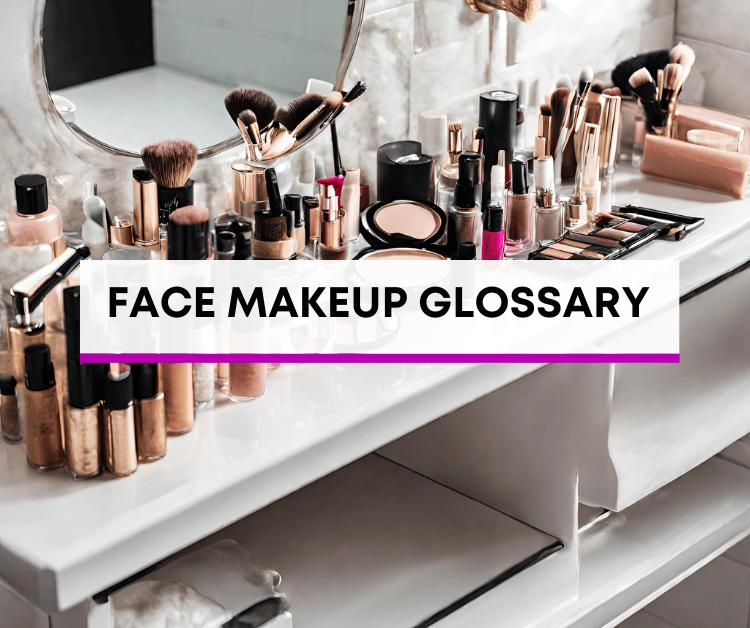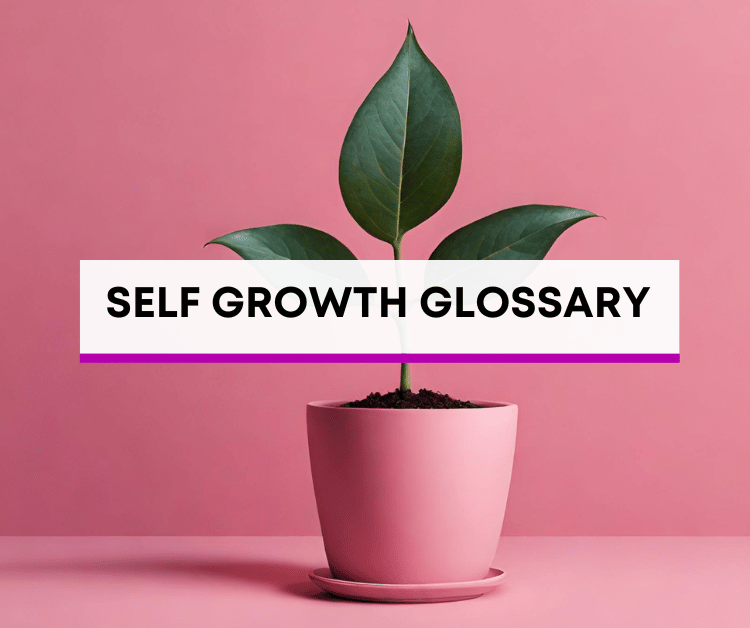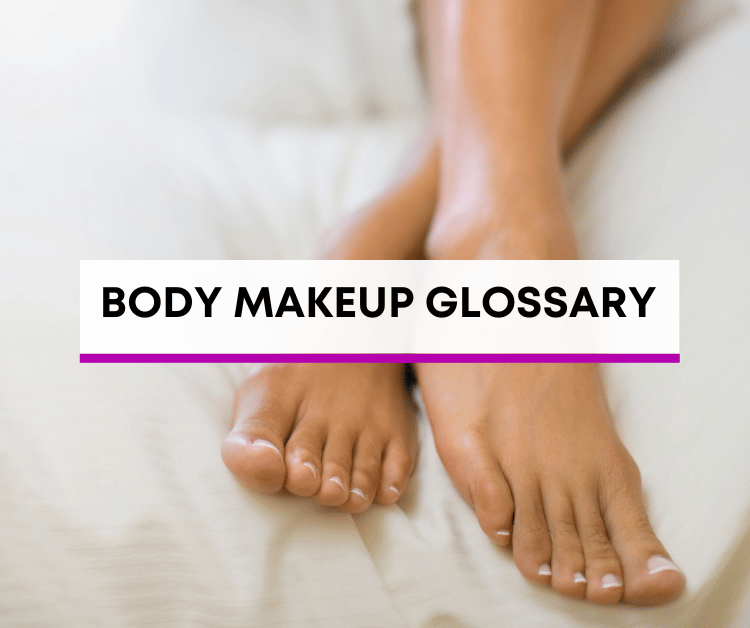
Welcome to the Face Makeup Encyclopedia, your ultimate guide to mastering the art of facial beauty enhancement!
Dive into the intricate world of facial makeup beyond the fundamentals, where every brush stroke and product choice can transform your look.
Featuring an extensive array of products and techniques, this comprehensive glossary ensures you’ll navigate the realm of face makeup with confidence.
Face Makeup Essentials
- Foundation: Provides a smooth base for makeup, evening out skin tone and hiding imperfections.
- Concealer: Covers blemishes, dark circles, and other skin flaws for a flawless complexion.
- Powder: Sets makeup in place, controls shine, and gives a matte finish.
- Blush: Adds a natural flush of color to the cheeks, enhancing facial contours.
- Bronzer: Creates a sun-kissed glow and adds warmth to the complexion.
- Highlighter: Accentuates features by adding a luminous glow to the high points of the face.
- Contour: Defines facial structure by shading and sculpting areas such as the cheekbones, jawline, and nose.
- Setting Spray: Locks makeup in place and extends its longevity.
Face Makeup Tools
- Foundation Brush: Ensures smooth and even application of foundation.
- Beauty Blender: Blends foundation, concealer, and other cream products seamlessly for an airbrushed finish.
- Blush Brush: Applies blush evenly to the cheeks for a natural-looking flush.
- Contour Brush: Sculpt and define facial features with precision using a contour brush.
- Highlighter Brush: Delicately applies highlighter to the high points of the face for a radiant glow.
- Powder Brush: Sets makeup with a light dusting of powder for a matte finish.
Face Makeup Techniques
- Baking: A technique where translucent powder is applied heavily to areas of the face and left to sit for a few minutes before dusting off, helping to set makeup and achieve a matte finish.
- Blending: The process of seamlessly combining different shades of makeup or products together to create a smooth transition between colors.
- Color Correcting: Using specific colored concealers or primers to neutralize or counteract unwanted undertones or discoloration on the skin.
- Contouring: Enhancing and defining the natural contours of the face by using darker shades to create shadows and lighter shades to highlight specific features.
- Cut Crease: A technique where a sharp, defined line is created in the crease of the eyelid using contrasting eyeshadow colors, often achieved with the help of tape or concealer.
- Draping: Applying blush or bronzer in a sweeping motion from the apples of the cheeks up towards the temples to sculpt and lift the face.
- Eyebrow Mapping: Using specific measurements and angles to determine the ideal shape and placement of the eyebrows before grooming or filling them in.
- Eyeliner Wing: Extending eyeliner beyond the outer corner of the eye to create a winged or cat-eye effect, adding lift and definition to the eyes.
- Eyeshadow Gradient: Blending multiple eyeshadow shades together to create a seamless gradient effect from light to dark across the eyelid.
- Foundation Matching: Selecting the correct shade and formula of foundation to match the skin tone and type, ensuring a natural and flawless finish.
- Highlighting: Applying a lighter shade of makeup or product to specific areas of the face to enhance features and add dimension and glow.
- Lip Liner Overlining: Extending the natural lip line with lip liner to create the illusion of fuller lips, often followed by filling in with lipstick or gloss.
- Makeup Layering: Applying makeup products in multiple thin layers rather than one thick layer to achieve buildable coverage and a more natural finish.
- Makeup Removal: Properly cleansing and removing makeup at the end of the day to prevent clogged pores, breakouts, and other skin issues.
- Neutral Smoky Eye: Creating a smoky eye makeup look using neutral shades like browns and taupes for a softer, more wearable effect.
- Priming: Preparing the skin with a primer before applying makeup to create a smooth canvas, improve longevity, and enhance the overall finish of the makeup.
- Setting Makeup: Applying setting powder or spray over makeup to lock it in place and prevent smudging, fading, or creasing throughout the day.
- Stippling: Using a stippling brush or sponge to apply foundation or other products in a dabbing motion to achieve an airbrushed finish.
- Sculpting: Using contouring and highlighting techniques to sculpt and define the features of the face, enhancing bone structure and creating dimension.
- Smudging Eyeliner: Softening and blending out eyeliner along the lash line with a brush or fingertip to create a softer, more diffused look.
- Spot Concealing: Applying concealer only to specific areas of the face where needed, such as blemishes or redness, for targeted coverage.
- Stamping Technique: Using a pressing motion to apply eyeshadow or pigment to the eyelid for intense color payoff and minimal fallout.
- Strobing: Applying highlighter to the high points of the face, such as the cheekbones, brow bones, and bridge of the nose, to achieve a radiant, dewy glow.
- Tightlining: Applying eyeliner directly to the waterline or tightline of the eyes to define the lash line and create the appearance of thicker, fuller lashes.
- Transitional Eyeshadow: Applying a mid-tone eyeshadow shade to the crease of the eyelid to create a seamless transition between lighter and darker colors.
- Underpainting: Applying a base layer of color or foundation to the skin before applying other makeup products to even out the complexion and provide a smooth canvas.
- Undereye Brightening: Using a concealer or corrector with a lighter shade than your skin tone to brighten and conceal dark circles under the eyes.
- Winged Eyeliner: Extending eyeliner beyond the outer corner of the eye in a winged or cat-eye shape to elongate and lift the eyes.
- X Technique: Using an X-shaped motion to blend or apply makeup products for even coverage and seamless blending.
- Y Technique: Using a Y-shaped motion to apply contour, blush, or highlighter to the face for a lifted and sculpted effect.
- Z Technique: Using a zigzag or back-and-forth motion to apply or blend makeup products for a diffused and blended finish.
Conclusion
With the Face Makeup Encyclopedia at your disposal, you have all the knowledge and tools needed to elevate your makeup game to new heights.
Whether you’re aiming for a natural everyday look or a glamorous evening transformation, this guide empowers you to unleash your creativity and enhance your facial features with confidence.



